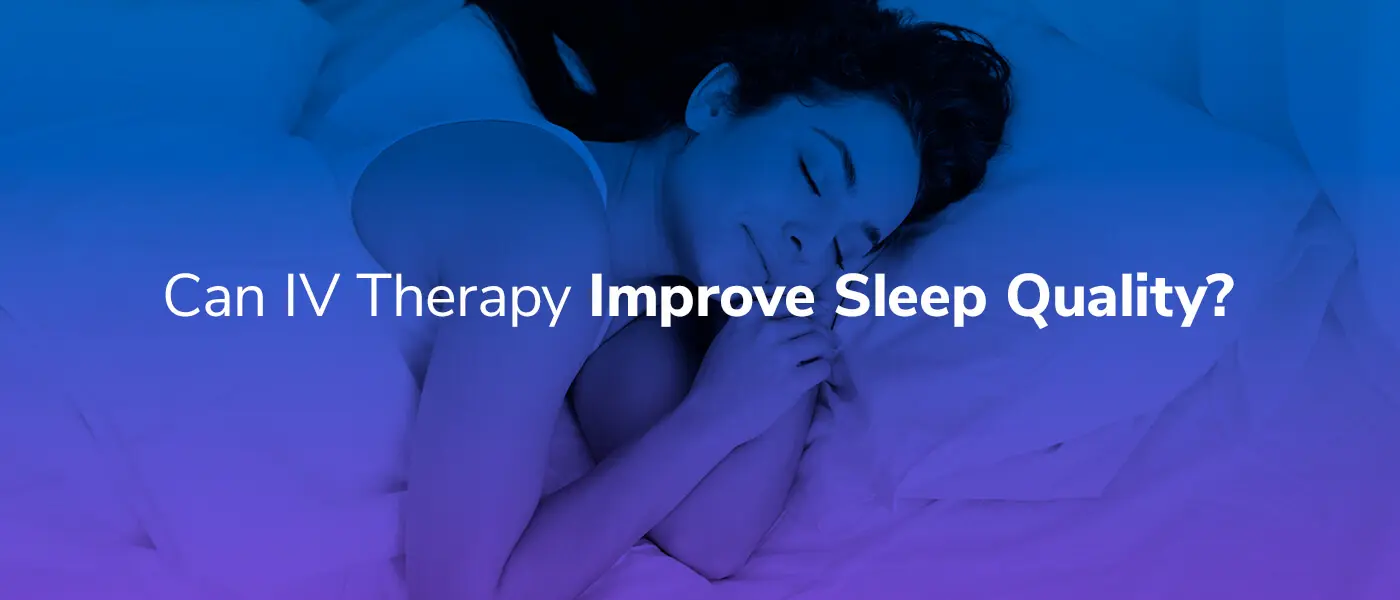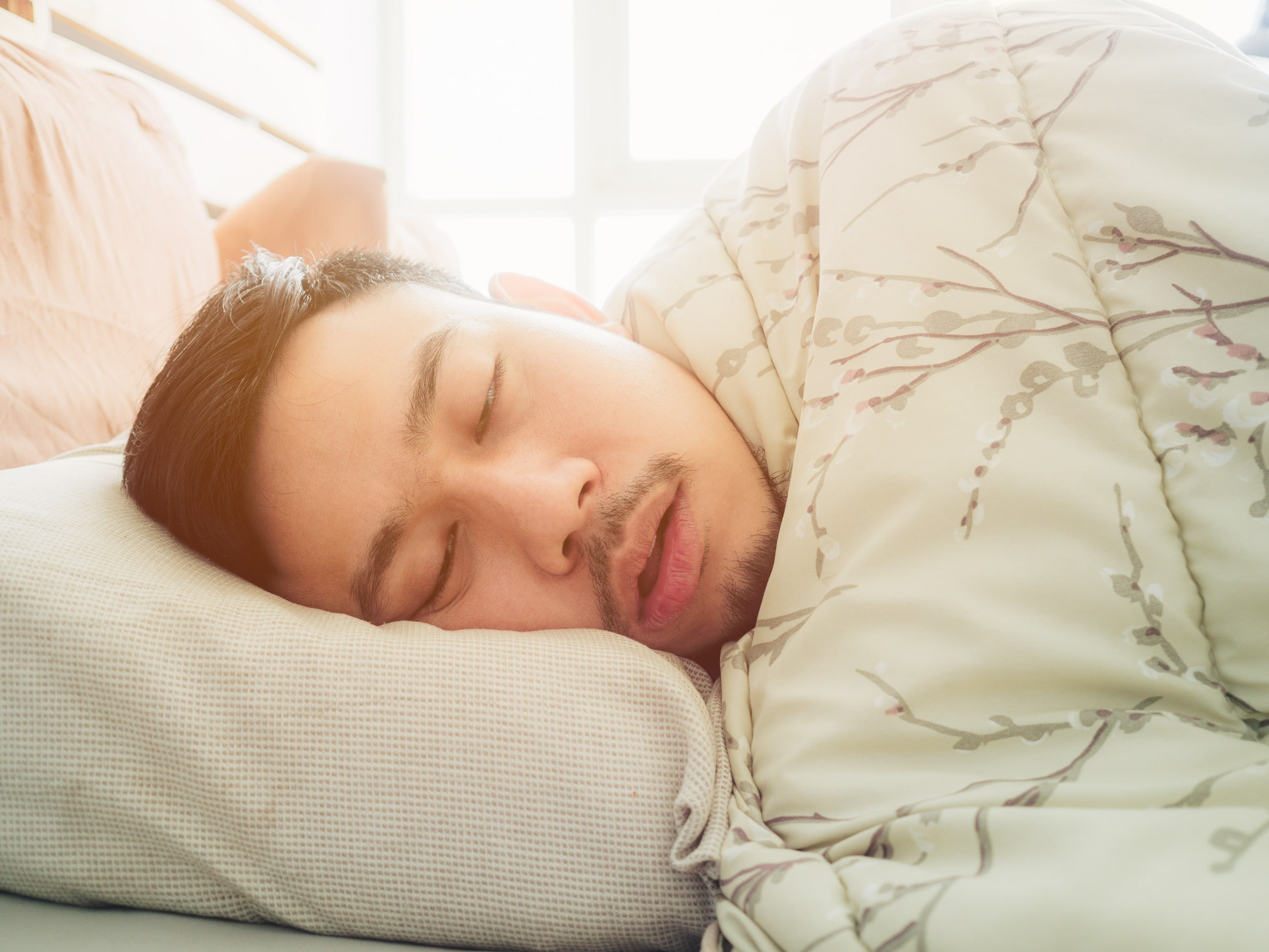Effective Therapy Solutions for Managing Sleep Disorders and Enhancing Relaxing Sleep
In the realm of health care, the administration of sleep conditions and the mission for restful rest are crucial components of total wellness. As we navigate the detailed landscape of sleep conditions and look for to boost our sleep experience, a much deeper understanding of these treatment solutions may hold the secret to unlocking an extra rejuvenating and meeting restorative journey.
Cognitive Behavioral Treatment for Sleeplessness (CBT-I)
Cognitive Behavior Modification for Sleep Problems (CBT-I) is an organized, evidence-based therapy strategy that concentrates on resolving the underlying variables adding to rest disruptions. This kind of treatment aims to modify behaviors and thoughts that worsen sleep problems, ultimately promoting healthy and balanced rest patterns. CBT-I generally includes several essential elements, consisting of cognitive therapy, rest limitation, stimulation control, and sleep hygiene education.
Cognitive therapy aids individuals determine and transform unfavorable idea patterns and ideas about rest that may be preventing their capacity to fall or stay asleep. Rest constraint entails restricting the quantity of time invested in bed to match the person's real sleep period, thereby increasing rest effectiveness (cognitive behavioral therapy for insomnia (CBT-I)). Stimulation control strategies assist establish a solid organization between the bed and rest by urging individuals to go to bed only when sleepy and to stay clear of participating in promoting activities in bed
Moreover, sleep health education and learning concentrates on establishing healthy sleep behaviors, such as maintaining a constant rest timetable, developing a relaxing bedtime regimen, and optimizing the sleep atmosphere. By addressing these aspects adequately, CBT-I supplies an efficient non-pharmacological intervention for handling sleeping disorders and improving general rest top quality.
Rest Hygiene Practices
Having actually established the structure of cognitive restructuring and behavior adjustments in addressing insomnia with Cognitive Behavior modification for Sleep Problems (CBT-I), the focus now changes towards checking out important Sleep Health Practices for preserving optimum sleep top quality and overall health.
Rest hygiene techniques include a variety of behaviors and ecological elements that can substantially impact one's capability to sleep and remain asleep throughout the night. Regular sleep and wake times, producing a relaxing going to bed routine, and optimizing the sleep environment by maintaining it dark, quiet, and cool are vital parts of good rest hygiene. Restricting direct exposure to displays prior to going to bed, avoiding stimulants like high levels of caffeine near going to bed, and taking part in normal exercise throughout the day can likewise promote much better rest quality.
Furthermore, exercising leisure techniques such as deep breathing exercises or reflection before bed can help calm the mind and prepare the body for sleep. By incorporating these rest hygiene methods into one's daily regimen, individuals can develop a healthy and balanced rest pattern that sustains relaxed sleep and overall wellness.
Relaxation Techniques and Mindfulness
Carrying out relaxation methods and mindfulness practices can play an essential function in promoting a sense of tranquility and promoting quality sleep. Furthermore, directed imagery can assist transfer people to a periodic limb movement disorder mayo clinic peaceful location in their minds, helping in stress and anxiety decrease and boosting rest top quality.
By including these methods right into a going to bed routine, individuals can signal to their bodies that it is time to relax and prepare for sleep. In general, incorporating relaxation techniques and mindfulness techniques can considerably contribute to managing rest conditions and enhancing general rest quality.

Medication Options for Sleep Disorders
After checking out leisure strategies and mindfulness methods as non-pharmacological interventions for improving rest quality, it is vital to think about medication choices for individuals with sleep conditions. In cases where way of life changes and therapy do not supply adequate alleviation, medication can be an important tool in managing rest disruptions.
Commonly prescribed medicines for sleep disorders consist of benzodiazepines, non-benzodiazepine hypnotics, antidepressants, and melatonin receptor agonists. Benzodiazepines, such as diazepam, are sedatives that can aid cause sleep, however they are commonly advised for temporary usage as a result of the threat of reliance. Non-benzodiazepine hypnotics like zolpidem are additionally made use of to deal with insomnia and have a reduced threat of reliance contrasted to benzodiazepines. Antidepressants, such as trazodone, can be helpful for people with co-occurring clinical depression and sleep disturbances. Melatonin receptor agonists, like ramelteon, target the body's all-natural sleep-wake cycle and can be helpful for controling sleep patterns.
It is critical for individuals to speak with a doctor to figure out one of the most ideal medicine alternative based upon their details sleep disorder and case history.
Light Therapy for Body Clock Guideline
Light therapy, likewise referred to as phototherapy, is a non-invasive therapy approach made use of to regulate body clocks and improve sleep-wake cycles. This treatment involves direct exposure to bright light that resembles all-natural sunlight, which helps to reset the body's interior clock. By exposing people to particular wavelengths of light, normally in the early morning or evening relying on the desired impact, light therapy can properly adjust the body clock to advertise wakefulness throughout the day and boost relaxed sleep during the night.
Study has revealed that light treatment can be particularly useful for people with circadian rhythm disorders, such as delayed sleep phase syndrome or jet lag. It can also be valuable for those experiencing seasonal affective disorder (SAD), a sort of depression that generally happens throughout the wintertime months when all-natural light direct exposure is decreased. Light therapy is normally well-tolerated and can be utilized combined with other treatment techniques for sleep problems to optimize end results and boost total sleep high quality.
Final Thought
To conclude, efficient treatment options helpful hints for taking care of rest disorders and enhancing peaceful sleep include Cognitive Behavior modification for Sleeping Disorders (CBT-I), sleep hygiene methods, leisure strategies and mindfulness, drug this hyperlink options, and light treatment for circadian rhythm policy. These methods can assist individuals improve their rest top quality and total well-being. It is essential to seek advice from a medical care provider to establish the most suitable approach for attending to rest issues.
As we navigate the intricate landscape of sleep problems and look for to improve our rest experience, a much deeper understanding of these therapy solutions might hold the trick to opening a more rejuvenating and meeting corrective trip.
Sleep constraint includes limiting the amount of time invested in bed to match the person's real rest period, thereby raising rest performance. Consistent sleep and wake times, producing a relaxing going to bed routine, and maximizing the sleep atmosphere by keeping it dark, silent, and cool are essential parts of good rest hygiene. Light therapy is usually well-tolerated and can be utilized in combination with other treatment methods for rest problems to optimize outcomes and enhance general rest top quality.
